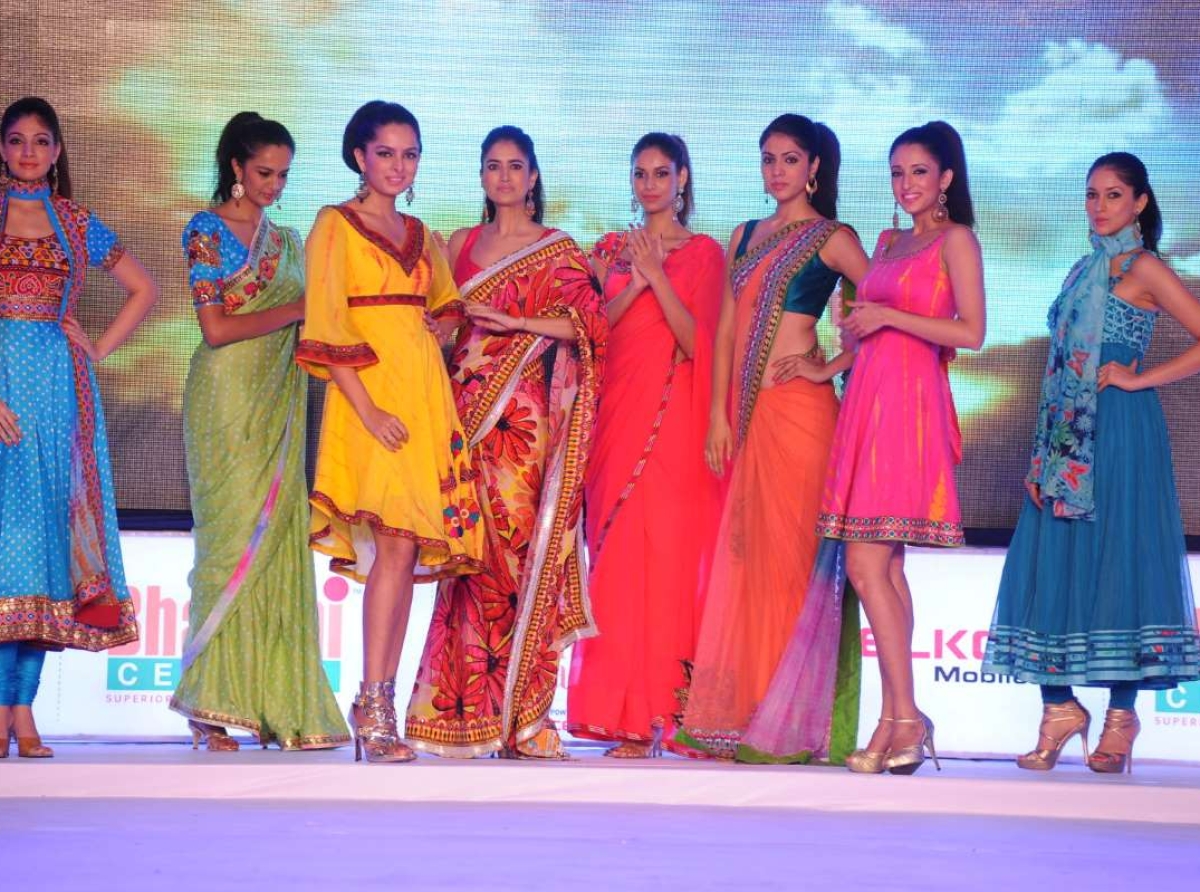08 February 2024, Mumbai
Move over smartphones; fashion is the new focus of Indian consumer spending. While traditionally dominated by necessities like food and household items, the share of apparel and fashion in Indian consumer’s baskets is witnessing a dramatic rise.
Evolving landscape
The consumer's wardrobe is undergoing a metamorphosis, with fashion and apparel claiming a large share of their spending.
This shift, however, isn't uniform across segments, sectors, or locations. However, it presents exciting opportunities for brands and retailers and also demands a closer look at the driving forces behind this trend.
Growing share of fashion and apparel
| Year | Share of Fashion & Apparel (%) | Overall Consumer Spend ($) |
| 2021 | 12.5 | 2 trillion |
| 2022 | 15.5 | 2.5 trillion |
| 2023 (est.) | 18 | 3 trillion |
Many factors have worked in synchronization to drive this change among consumers. With economic growth, household budgets see more room for discretionary spending, with fashion becoming a priority for many.
Also, the growing urban population and evolving lifestyles are pushing demand for trendy and comfortable clothing. Social media too has had an influence, with Instagram and YouTube fueling fashion consciousness, especially among younger generations.
Then there is the e-commerce boom, with online shopping offering convenience, a wider selection, and competitive prices, making fashion more accessible.
Metros like Delhi, Mumbai, and Bengaluru lead the fashion charge, accounting for 40 percent of spending.
Bharat i.e. India
However, Tier II & III cities are witnessing explosive growth at 25 per cent CAGR, fueled by rising incomes and internet penetration.
In fact, the share of fashion spending is growing faster in Tier II, III cities and rural areas compared to metros. Even though metros have a large share of fashion spend (refer table). Perhaps this is being driven by Tier II & III cities’ desire to emulate metro trends, creating a distinct growth opportunity.
Quotes
"The rise of Tier II & III cities presents a massive untapped potential. Brands that understand the unique needs and aspirations of these consumers will be well-positioned for future growth," predicts Rajesh Gupta, CEO of a retail consultancy firm.
Metros vs small cities
| City Tier | Share of Fashion Spend | Growth Rate (%) |
| Metro | 40% | 15% |
| Tier II & III | 35% | 25% |
| Rural | 25% | 20% |
Even among segments, it’s the premium segment that has seen the most growth (refer to the table) at 25 per cent followed by mid-price and then economy
Segment growth
| Segment | Growth Rate (%) | Share of Fashion Spend |
| Premium | 25% | 20% |
| Mid-Price | 18% | 55% |
| Economy | 10% | 25% |
Among categories, menswear and women’s wear are neck-and-neck, each contributing around 45 per cent of the market and growing almost at similar levels. Kid’s wear is following swiftly behind at 10 per cent, driven by rising disposable incomes and brand awareness among young parents.
Category growth
| Year | Menswear (growth % | Women’s wear (growth %) | Kid’s wear (growth %) |
| 2021 | 18% | 20% | 7% |
| 2022 | 22% | 23% | 12% |
| 2023 (est.) | 25% | 24% | 15% |
Changing retail patterns
While online fashion sales are booming at a staggering 35 per cent CAGR, physical stores still hold a 70 per cent market share.
However, the lines are blurring with omnichannel strategies gaining traction. Myntra, the leading online fashion platform, saw a 50 per cent increase in active users in 2022 compared to 2021.
New paradigms
Moreover, rural markets, traditionally focused on essentials, are witnessing a surge in fashion spending, driven by rising disposable incomes and internet penetration. Ethnic wear brands are experiencing a revival, with consumers seeking a blend of tradition and contemporary styles.
Opportunities for brands and retailers
With changing spending patterns, it does throw up many opportunities for apparel brands and retailers. They need to strategies and focus on value and affordability to cater to the diverse needs of Indian consumers across income levels and regions.
Embrace omnichannel strategies and blend online and offline experiences to provide seamless shopping journeys.
Green products; With consumers increasingly conscious of their environmental and social impact, offering sustainable and ethically sourced products can be a differentiator.
Forward guidance
Personalization and customization to cater to individual preferences and styles through targeted marketing and product offerings will be another plus.
The changing share of fashion and apparel in Indian consumer spending presents a unique opportunity for the industry.
By understanding the driving forces, embracing the trends, and catering to the evolving consumer, brands can unlock significant growth potential in this dynamic market.


















